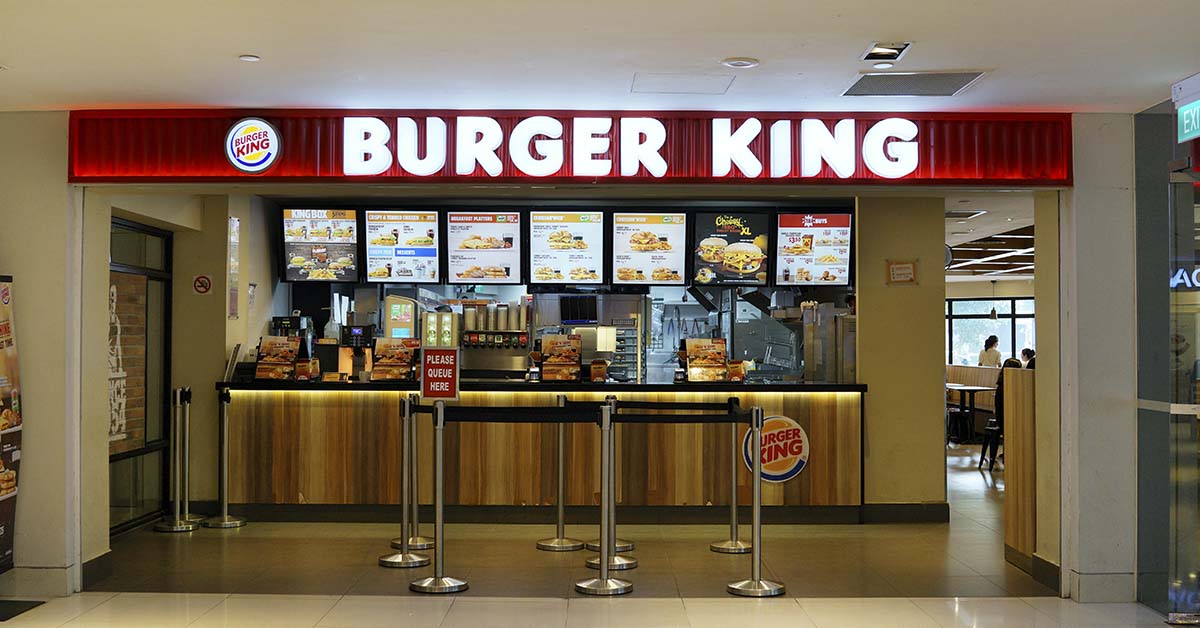Burger King, a well-established player in the fast-food industry, is making headlines with its bold decision to close a significant number of its U.S. restaurants. This move, while strategic, reflects both internal and external factors that have prompted the fast-food giant to reevaluate its operations. By delving into the details behind this decision, as well as the company’s broader efforts to redefine its brand image, it becomes evident that Burger King is embarking on a transformative journey within the competitive realm of fast food.
Burger King, a well-established player in the fast-food industry, is making headlines with its bold decision to close a significant number of its U.S. restaurants. This move, while strategic, reflects both internal and external factors that have prompted the fast-food giant to reevaluate its operations. By delving into the details behind this decision, as well as the company’s broader efforts to redefine its brand image, it becomes evident they are embarking on a transformative journey within the competitive realm of fast food.
The decision to close restaurants is not a new phenomenon for Burger King. CEO Joshua Kobza’s acknowledgment of the company’s historical practice of closing a certain number of restaurants annually underscores its ongoing commitment to ensuring optimal performance.1 However, the announcement of shuttering approximately 400 U.S. locations signifies a more calculated and substantial move.
In line with this decision, Chairman Patrick Doyle’s assertion that franchisees unwilling or unable to consistently operate restaurants above the system average will be phased out speaks to the company’s commitment to maintaining a high standard of operations. This strategic pruning of underperforming outlets allows Burger King to redirect its resources and efforts towards bolstering its more profitable establishments, thereby enhancing overall performance and brand image.
The initiative to close a significant number of restaurants aligns with Burger King’s broader strategy of redefining its brand identity and fortifying its position in the competitive fast-food arena. Cognizant of the need for transformation amid challenges, including stagnant sales and intensifying competition, the company introduced the ambitious “Reclaim the Flame” rebranding campaign in 2022, amounting to $400 million in investments.2 This comprehensive strategy encompasses diverse elements, from reimagined advertising campaigns to streamlined menu offerings and comprehensive restaurant renovations, all aimed at rejuvenating the brand’s appeal.
Burger King’s commitment to modernization is further exemplified by its investment of $50 million over the next two years to revamp nearly 3,000 restaurants. These modernizations encompass an array of technological enhancements, kitchen upgrades, and physical renovations designed to enhance the overall customer experience. Innovations such as three-lane drive-thrus and advanced delivery mechanisms not only cater to contemporary consumer preferences but also set the stage for Burger King to remain a relevant and competitive player in the fast-food industry.
Burger King’s strategic transformation is situated amidst a landscape of challenges both internal and external. The company grappled with digitalization setbacks during the pandemic, which hindered its ability to effectively cater to the surging demand for online orders and deliveries due to its outdated digital infrastructure. Additionally, the launch of experimental menu items, including the Impossible Burger, presented challenges that necessitated careful navigation.
Nevertheless, recent indicators suggest that Burger King’s strategic endeavors may be yielding positive results. Despite the closures, the company reported a remarkable 8.7% surge in comparable sales in the first quarter of 2023. This upward trajectory underscores the potential efficacy of the brand’s streamlined offerings, rebranding initiatives, and the targeted closure of underperforming outlets.
As Burger King competes with fast-food giants like McDonald’s, Wendy’s, and emerging contenders like Five Guys and Shake Shack, its strategic efforts take on added significance. By orchestrating a holistic transformation involving brand image overhaul, menu refinement, and immersive dining experiences, Burger King is positioning itself to recapture lost market share and redefine its place in the fast-food landscape.
Conclusion
Burger King’s strategic decision to close a substantial number of its restaurants signifies more than just a mere operational adjustment. It’s a deliberate step towards redefining the brand, optimizing operations, and enhancing customer experiences. This transformative move comes at a crucial juncture, as the fast-food industry continues to evolve in response to changing consumer preferences. With its rebranding initiatives, modernization investments, and strategic closures, Burger King is setting the stage for a dynamic resurgence that could reshape its competitive standing and redefine the industry standards.
